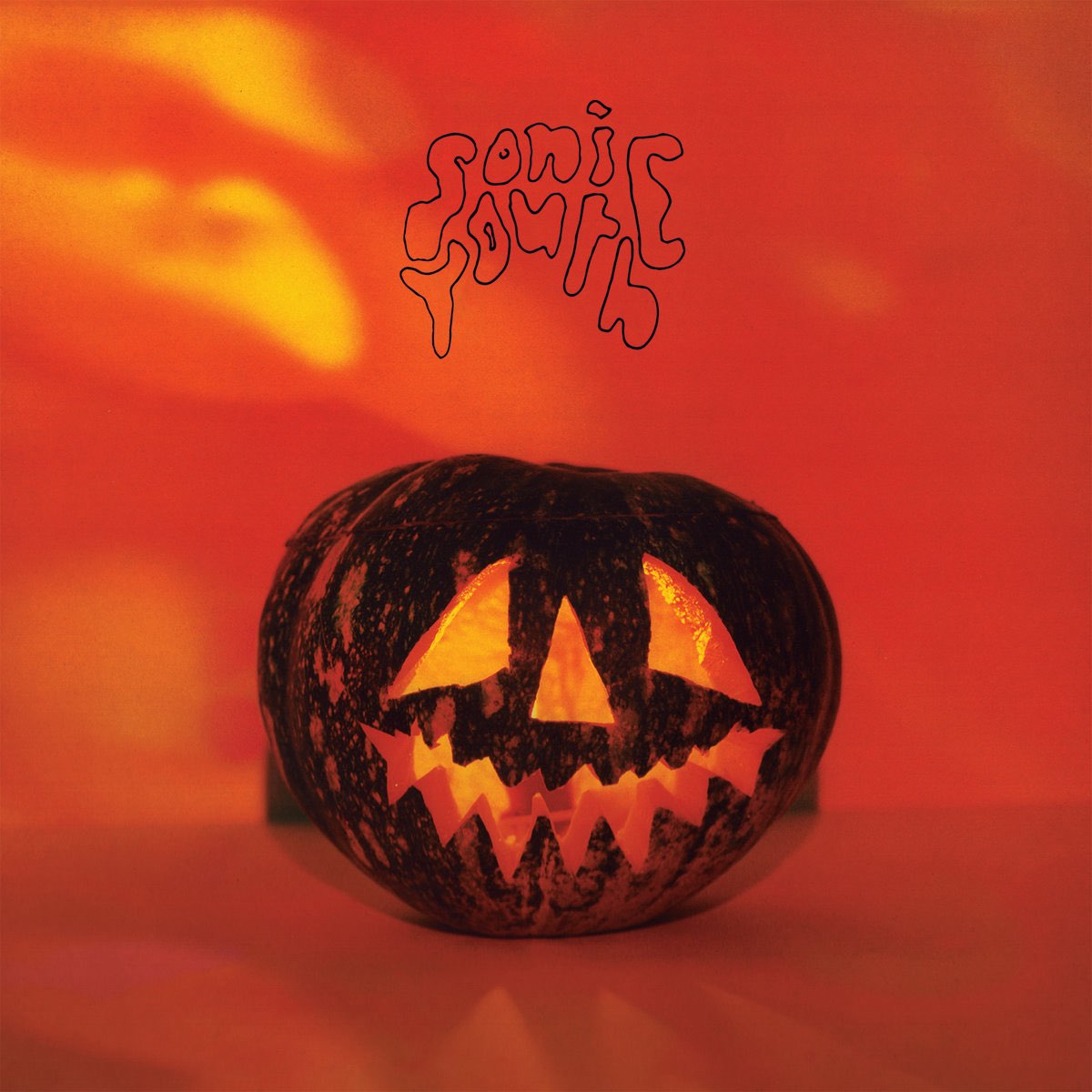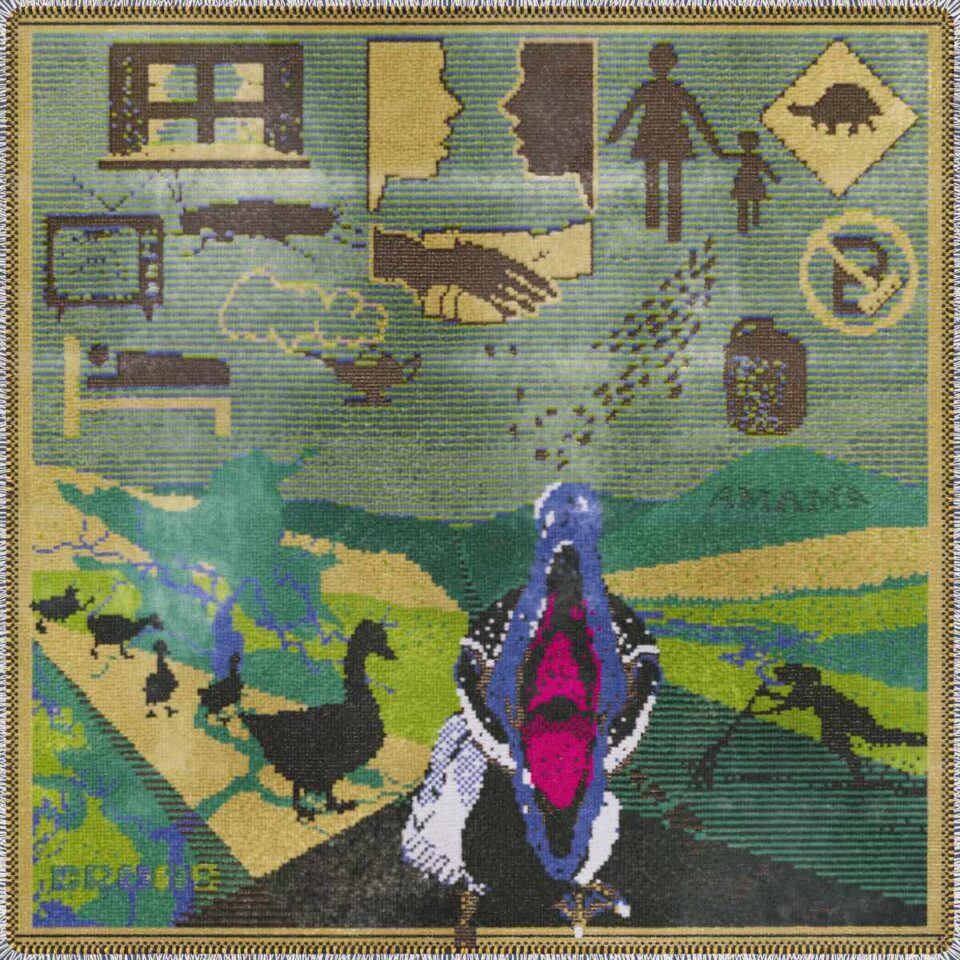Sonic Youth
Walls Have Ears
GOOFIN’
Still in the throes of NYC’s angular no wave movement and propelling themselves through the cranked-up muck of twin-guitar muddiness that was (barely) studio-contained albums such as Confusion Is Sex, Bad Moon Rising, and their then-upcoming EVOL, the still freshly painted Sonic Youth won a reputation as formidable, innovative noisemakers—enough so to give them the Grateful Dead–like respect of semi-official bootleg live recordings such as 1986’s double LP Walls Have Ears. Initially released on the now-defunct Not subsidiary of Blast First (they had subsidiaries?), this crusty live epic was made up of sets where Kim Gordon, Thurston Moore, and Lee Ranaldo were backed by early drummer Bob Bert on one set of recordings, and featured their newest hire, Steve Shelley, on the other.
Now re-released through Goofin’, Walls Have Ears joins 2012’s Smart Bar: Chicago 1985 in their display of experimental primordialism that rocks, SY style. Borrowing from the beehive buzz of their hivemind time with feedback king Glenn Branca prior to Sonic Youth, Shelley and Moore’s alt-scordatura-tuning circa 1985 blasts forth like a hot rocket through steamy takes on “Brother James” and “Kill Yr. Idols” during an opening gig for Nick Cave at London’s Hammersmith Palais. Bert, the drummer for this show’s recording, was a sloppier percussionist than the crisper (yet still atypical) Shelley, and finds his own bumpy pulse through the haze of “Ghost Bitch.” And yes, it’s funny hearing the offstage tape interlude version of “Speed JAMC” sped up and blurred. Cute.
The Ciccone Youth–era spools of Madonna tape clips and primitively looped vocals fill the gaps between the discordant live likes of “Death Valley ’69” and “Burning Spear” with more of SY’s earliest sense of playfulness and just-forming boundary-testing. And this ULU London recording with fresh drummer Shelley bumping up against Gordon’s stressed-out bass lines is both charming and incendiary when tackling the odd-pop of “I Love Her All the Time” and the as-yet unrecorded “Expressway to Yr. Skull.” Shelley brought a handsome brand of uplift and insistence to SY’s occasional spook-house-sinister soundscapes, and this lo-fi double album as a whole is a visceral reminder of how important no wave was, as well as what Sonic Youth would come to be.









